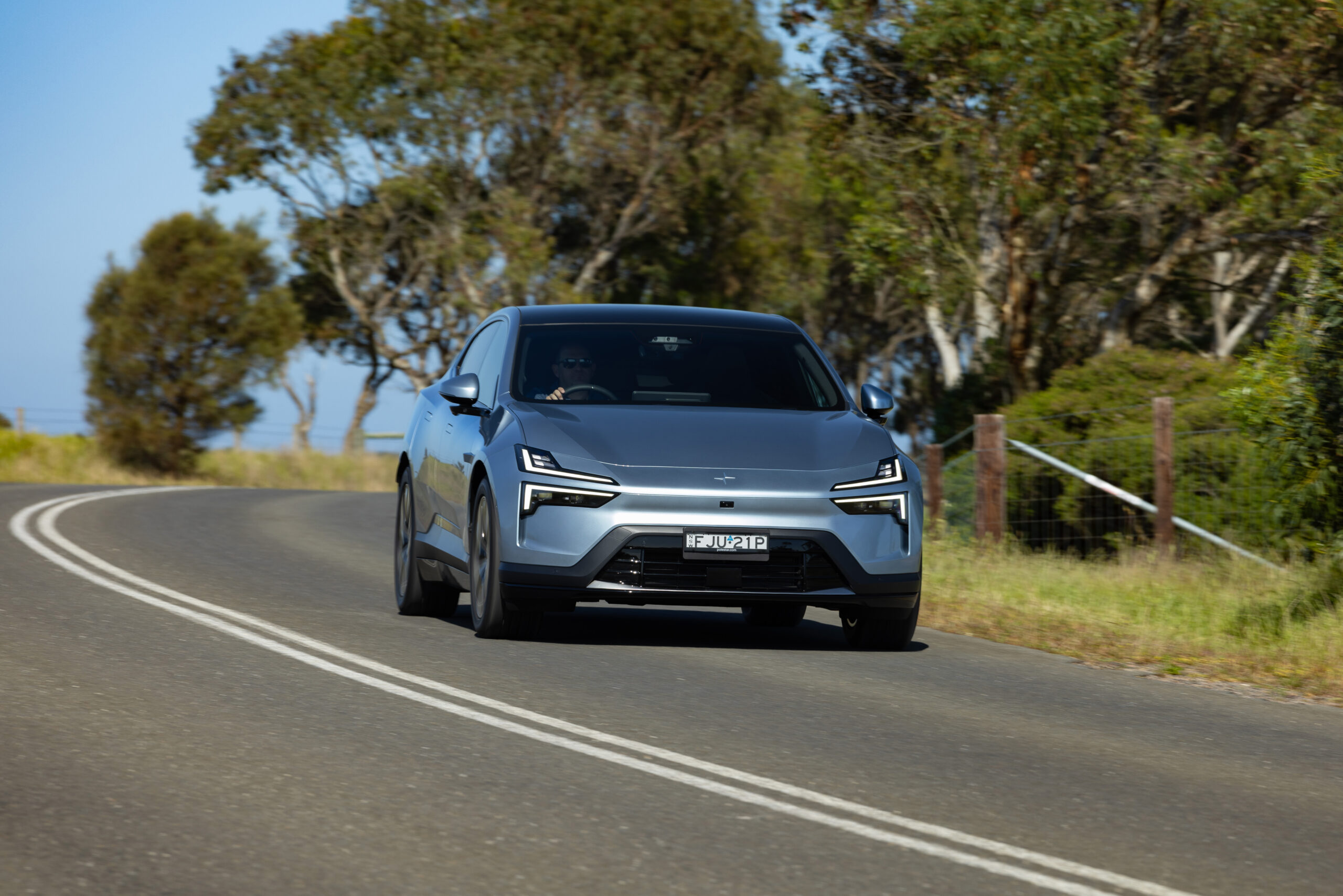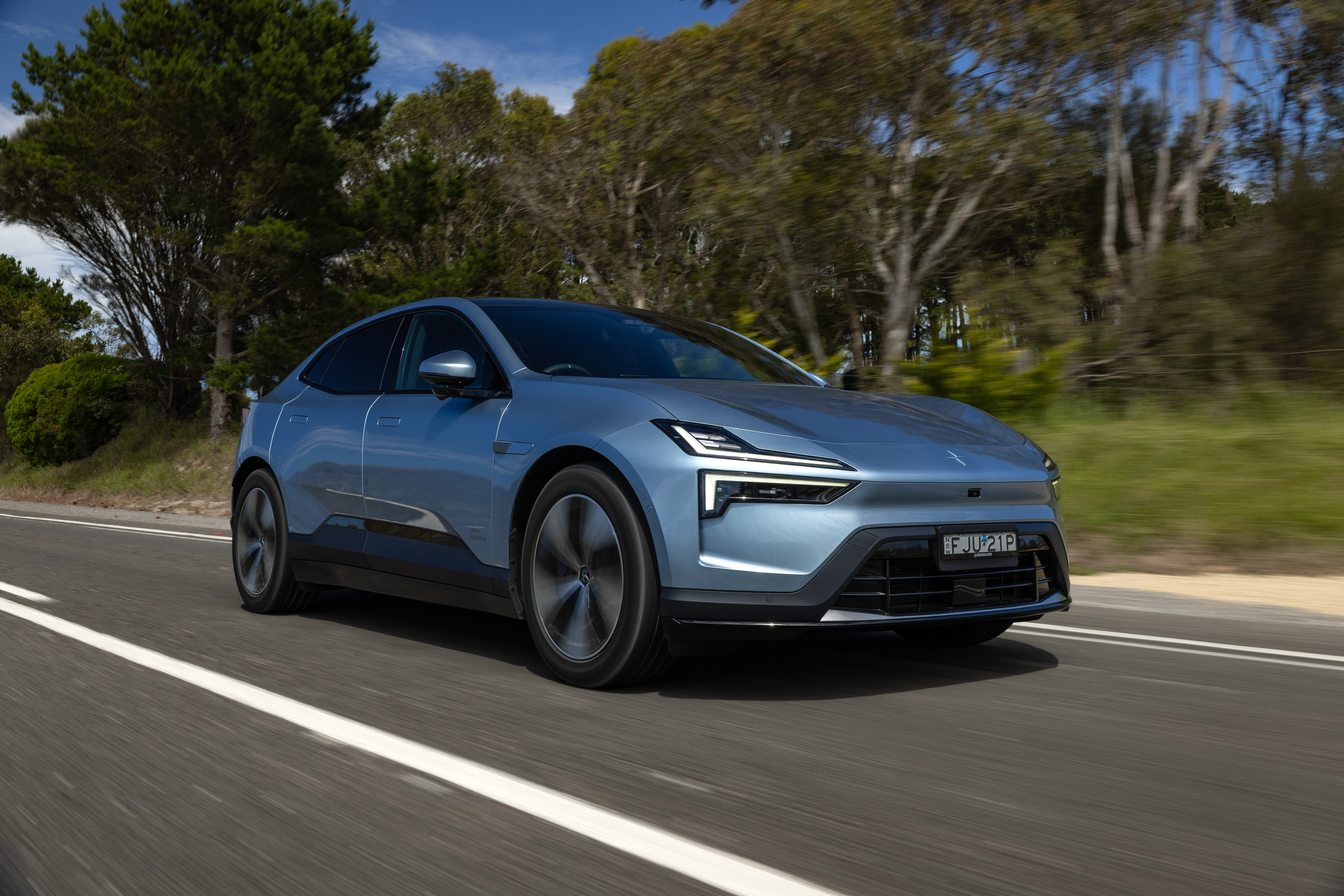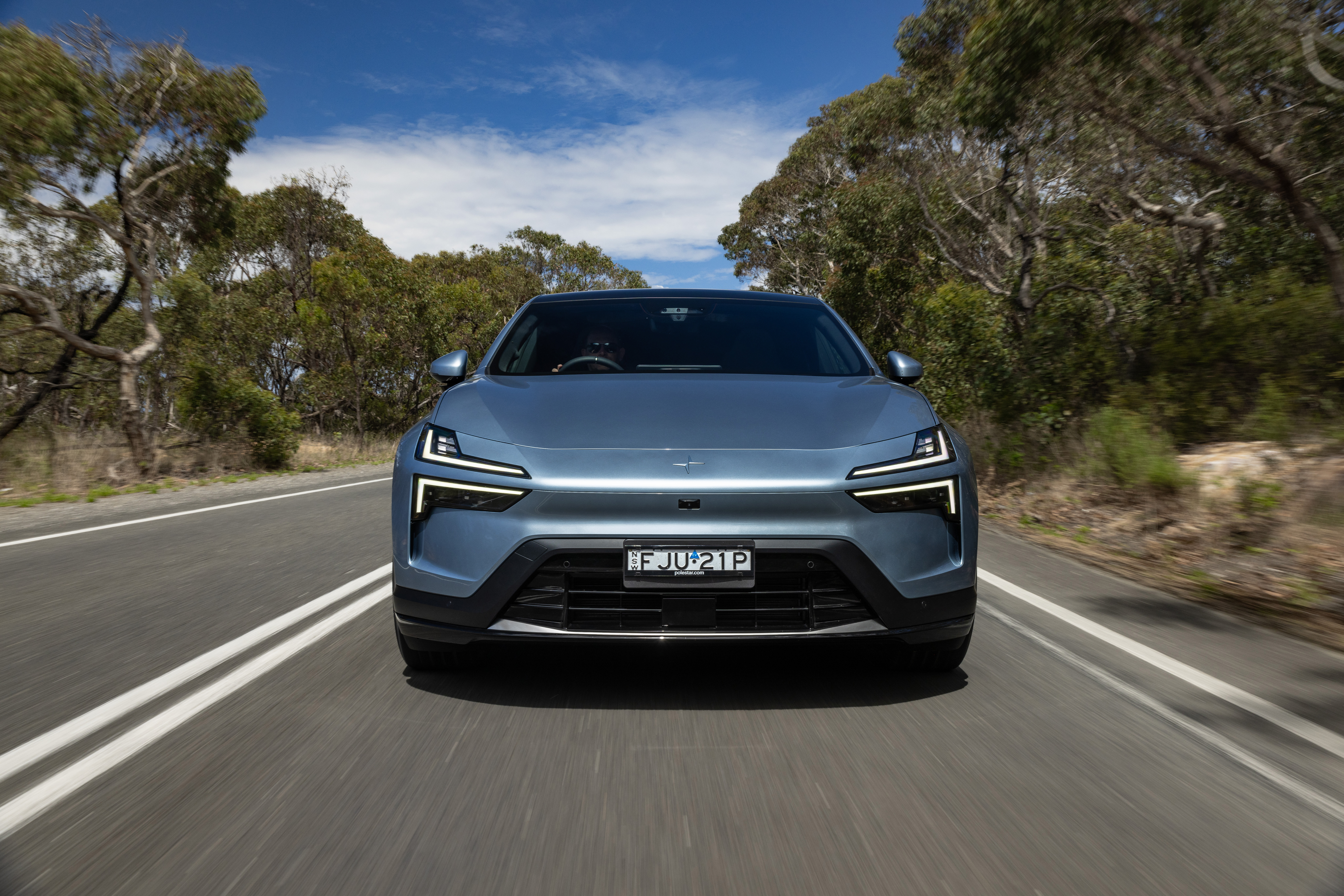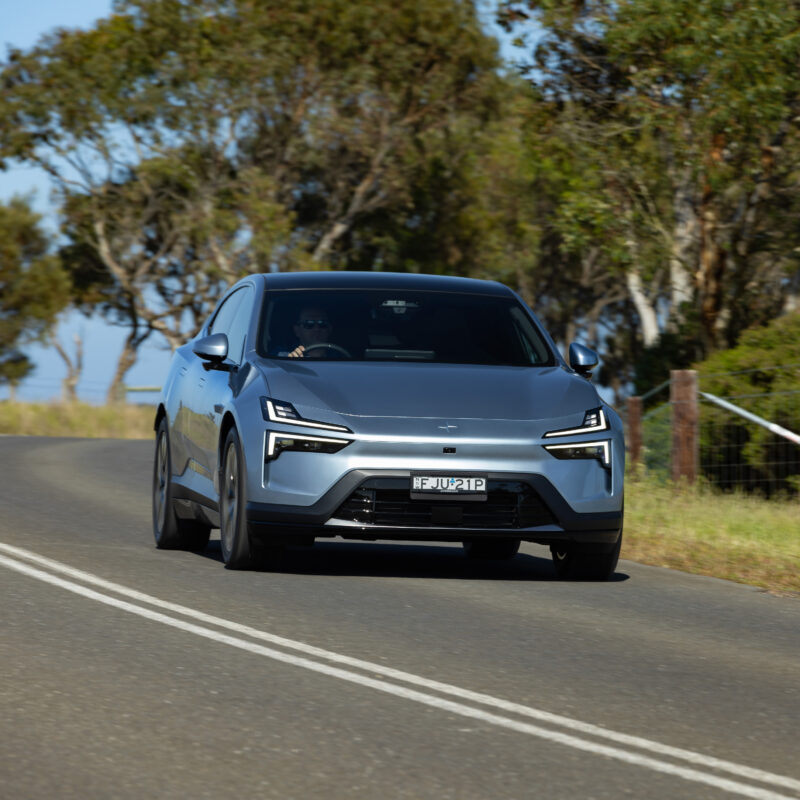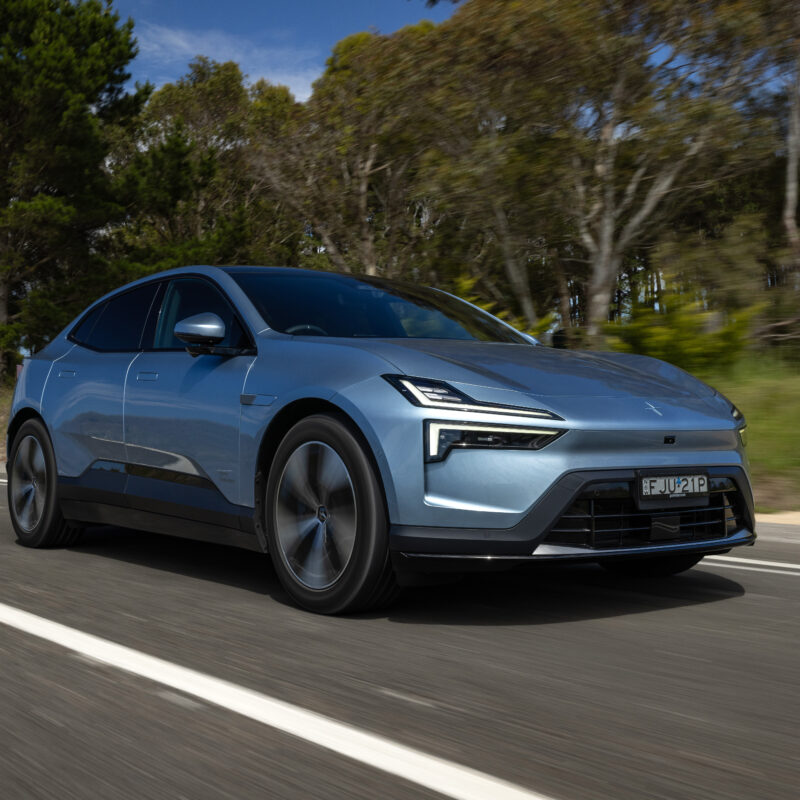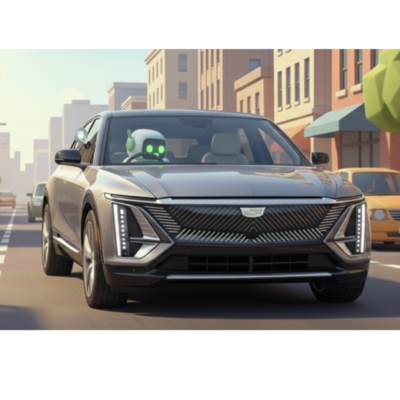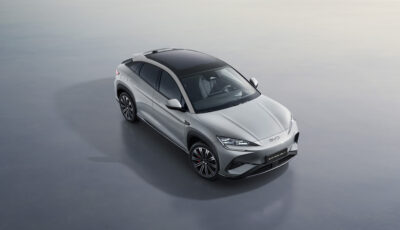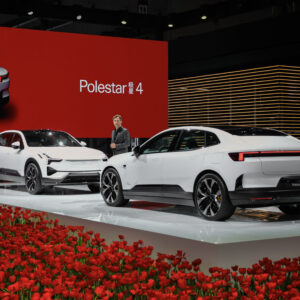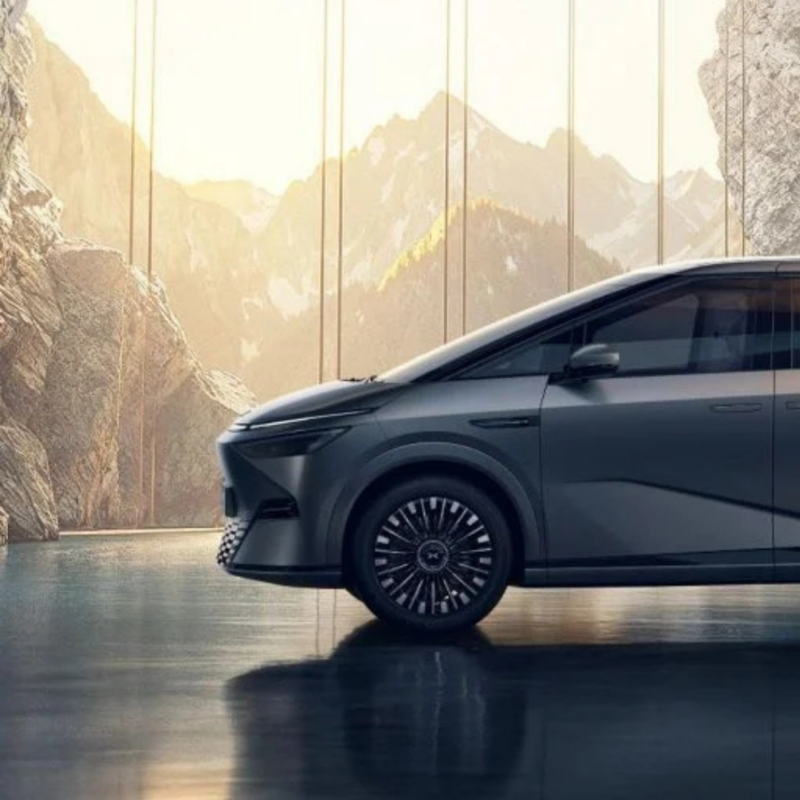Introduction: A Brand Defining Moment
Polestar is in an interesting place right now. Once the electric offshoot of Volvo, it’s now carving out its own identity as a brand that’s equal parts design, performance and sustainability. The Polestar 2 showed it could build a credible Tesla rival. The Polestar 3 proved it could deliver serious luxury SUV credentials. And now, with the new Polestar 4, the company feels confident enough to tear up the rulebook — dropping a rear window altogether and delivering one of the boldest designs in the EV world.
Pricing and Positioning
It’s immediately clear the Polestar 4 isn’t interested in chasing Tesla’s Model Y on price. Instead, it’s pitched as a premium product, aimed at buyers who want cutting-edge tech and luxury without blending into a sea of Teslas and BMWs. Starting at $78,500 before on-road costs for the Long Range Single Motor and stretching to $88,350 for the Long Range Dual Motor, the Polestar 4 is well above the cheapest Model Y variants and even some well-equipped German rivals. It positions itself closer to the likes of the Audi Q8 e-tron and Mercedes EQE SUV, albeit with a more distinctive, coupe-style shape.
Standard Features and Options
Standard equipment is generous, as you’d hope at this price. Every Polestar 4 comes with a huge 15.4-inch central touchscreen running Google’s Android Automotive OS (with wireless Apple CarPlay for iPhone users), a panoramic glass roof, ambient lighting inspired by the solar system, and heated front seats. The design inside is clean and minimal, typical of Polestar’s Scandinavian roots, but it’s the choice of materials that really stands out. There’s a clear focus on sustainability, with woven textile seats made from recycled materials available as standard, while Nappa leather remains optional for those who prefer a more traditional luxury feel.
While the core specification is strong, several desirable features are still hidden behind option packs. Features like a head-up display, 22kW AC charging, and a premium sound system require ticking the Plus Pack, while those looking for sharper handling and sportier looks can add the Performance Pack to the Dual Motor version. It’s a familiar strategy among premium brands, but some buyers might expect more of these features to be standard at this level.
Bold Exterior Design
Design is where the Polestar 4 really stakes its claim. The coupe-SUV silhouette is muscular and sleek, with a low nose, clean surfaces and aggressive stance that make it one of the most distinctive EVs on the road. The front end features split LED headlights and an impressively low bonnet line that hints at the car’s dynamic intent. Around the back, there’s the headline feature: no rear window at all. Instead, Polestar has pushed the rear structure further back to give more interior space and integrated a high-definition camera feed into the digital rear-view mirror. It’s a bold move, and while it takes a few drives to get fully comfortable with the camera-based view, it ultimately feels natural and offers excellent rearward visibility without the compromises of a traditional mirror.
Interior: Modernist Comfort
Inside, the Polestar 4 feels like a modernist lounge more than a conventional car cabin. The design is calm and functional, with hidden air vents and a focus on horizontal lines that emphasise space. The seats are plush yet supportive, and the driving position is low and cocooned, separated from the passenger side by a tall centre console. Rear seat space is impressive for a coupe-SUV, thanks in part to the stretched dimensions and a flat floor, although taller passengers might notice their knees sit a little higher than usual because of the EV battery under the floor.
Practicality and Storage
Storage is thoughtful, if not outstanding. The centre console offers clever use of space with a deep bin and multiple compartments, and there’s an underfloor storage section in the boot that’s handy for hiding away charging cables. Total boot space measures 526 litres, which is competitive, but it’s worth noting that the small 15-litre frunk won’t be much use for anything more than a charging cable or a soft overnight bag.
Driving Experience
On the road, the Polestar 4 feels genuinely well-sorted. The Long Range Single Motor, with 200kW and rear-wheel drive, is brisk without being intimidating, offering strong, linear acceleration that suits everyday driving. It’s well-matched to the car’s luxury aspirations, feeling smooth, confident and composed rather than aggressively sporty. Those who opt for the Dual Motor version, however, get a serious performance upgrade, with 400kW on tap and a 0–100km/h time of just 3.8 seconds. It transforms the 4 into a properly rapid machine, with handling that stays impressively tidy given its weight and size. Adjustable settings for steering weight, chassis stiffness and power delivery allow for tailoring the driving experience to suit your mood, but even in its sportiest modes, the Polestar 4 feels more like a confident grand tourer than an outright sports SUV.
Range and Charging
Range is another strong point. Thanks to a 100kWh battery, the Single Motor version claims up to 620 kilometres on the WLTP cycle, while the Dual Motor achieves up to 590 kilometres. Real-world figures will of course be lower depending on conditions, but these numbers put the Polestar 4 among the leaders for long-distance EV driving. DC fast-charging speeds peak at 200kW, allowing a 10–80% recharge in around 30 minutes if you can find a suitably fast charger. AC charging is up to 11kW as standard, with 22kW capability optional through the Plus Pack — useful if you have a three-phase home setup.
Safety and Assistance Systems
Safety has been a Polestar and Volvo hallmark for decades, and the 4 continues the tradition. Although it hasn’t been independently crash-tested by ANCAP yet, it’s expected to perform very well given its hardware. Standard safety features include adaptive cruise control, blind-spot monitoring with steer assist, collision mitigation, lane keeping assist and Pilot Assist semi-autonomous driving capabilities. The suite of cameras, sensors and radar systems creates a strong sense of confidence behind the wheel, especially on long highway trips.
Ownership Costs and Warranty
Ownership costs are surprisingly low for a premium electric car. Polestar includes five years of free servicing, five years of roadside assistance and a five-year/unlimited kilometre warranty, plus an eight-year battery warranty covering up to 160,000 kilometres. It’s a simple and compelling package that should reassure buyers new to EVs or to the Polestar brand itself.
Verdict: A Distinctive and Confident Choice
Overall, the Polestar 4 is a confident, well-executed addition to the growing electric SUV world. It combines sharp design, strong performance, genuinely usable range and high-end tech in a way that feels fresh without being intimidatingly futuristic. There are a few usability quirks — mostly around the tech interfaces and that bold rear-camera setup — but none of them are dealbreakers. For anyone looking for a stylish, sustainable, premium EV that doesn’t blend into the background, the Polestar 4 makes a seriously convincing case.



